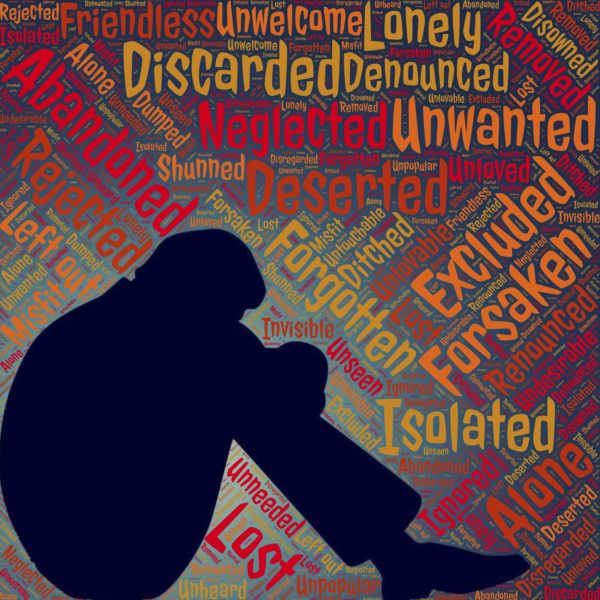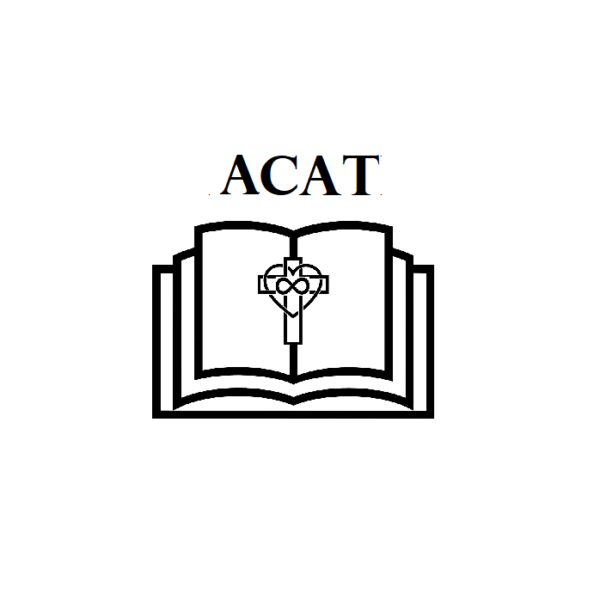Autism In The Pandemic: When We Don’t Conform
TL;DR: Crisis situations amplify society’s demand for conformity, which under normal circumstances is already a challenge for autistics. The thoughts and feelings of divergent thinkers are valid and welcome even when these fall outside the norms being set by the pandemic.
This post, I’m sure, is not for everyone. It may be for some, in parts, and others in other parts. It is not meant to be a universally applied patch, but I offer it for those who will find it helpful.
Over the past three weeks, great good has unfolded in the world as people come together and support one another in many hours of need. But there are social perils afloat in the community as we rally together. Without exaggeration, some autistics are feeling now more marginalized than ever before. But, why? Can we really point a finger at the pandemic?
Yes. Crisis situations amplify society’s demand for conformity, which under normal circumstances is already a challenge for autistics. Furthermore, the ways we are not easily understood outside of crisis situations can become greatly magnified when tensions run high. Yet, our needs have not changed, and we cannot put them on hold because everyone is somehow expected to cope with valor “because it’s a crisis.” It is just as acceptable to be needy now as it was before the orders came to postpone all nonessential matters.
Another point to address: Autistic people do not automatically feel vindicated by either “stay-home orders” or “social distancing.” In fact, many of us are keenly aware of how this new way of living is creating great pain and frustration for ourselves and others, and for us to wish that on anyone is absurd. Autistics do not routinely stand six feet from our friends… many of us do enjoy hugs, when we expect them… and no, we have not all longed for the day when we are ordered to stay home. (Some autistics are even extroverts who are struggling greatly right now!) There are many days autistics will retreat to recover our spent energy, but being part of the community is as important to autistics as anyone else. If anything, autistic anxiety is likely much higher with all the new and rapidly changing rules, frightening images, panic buying and shortages of supplies we need, and the tremendous suffering we are now aware of, day after day. Also, those of us who need a set amount of personal space to stay regulated are finding it most challenging to be home with other people, day after day, without the ability to have any truly “alone” time. The assumption that quarantine is an autistic’s dream come true brings us right to the brink of crying foul in the name of cultural appropriation.
How, then, are autistics adapting to the new normal? As best we can. All these changes in our routines take time to assimilate and process. The pervasive sense of fear is unnerving wherever we go, so our anxieties are likely a lot higher from that alone. And then there is this: Video messaging is not easy for everyone. Many (not all) autistics find Skype and Zoom highly provocative of our natural social anxiety. Now, instead of only feeling self-conscious, we get to see that awkwardness in real-time. If we have been told repeatedly that our poker-face puts people off, seeing it is not only awkward, but can feel shameful… even though it ought not to be. It is ridiculously hard to navigate smalltalk on the grid screen, and even more so when the smalltalk is now centered on the pandemic. In face to face encounters, autistics often go inwardly on “screensaver” during smalltalk as a way of coping and hanging in until a relevant topic begins, but we have little choice when we are on display. With video chat now the preferred way of maintaining relationships, school and employment, those who are forging through are doing so at great cost to our energy level.
As far as the challenge of thinking outside the pandemic: It is okay to NOT feel afraid, to NOT enjoy online events, and to hold different and creative ideas for carrying on and engineering what we ordinarily would have done. This one seems obvious, but it is huge and vitally important to say. Why? Because our social environment has become greatly limited to online interactions and brief actual conversations. The same dynamics that marginalize people in everyday situations are now highly concentrated and nearly unavoidable. Here’s how: A pandemic is, by definition, a life-or-death situation. The majority of any group are the ones who determine the rules for safety and standards of “right” conduct. When anxiety is high and fear of infection is at play, ordinary allowances for diverse opinions are suspended. It is how crisis management works. However, when crisis management takes over the social setting as it has by the need for social distancing, the risk is extremely high for anyone who does not match the standards of the majority to be shunned, both overtly and subtly. But, what if you honestly feel well prepared, resourceful, and have a good grasp on the expected operating procedures? What if you are not afraid? That does not mean you are reckless, thoughtless, indifferent or skeptical… but the larger community may portray you that way. The problem is, those who are not afraid become frightening to people who are already frightened. One of the common responses to that is accusation and scapegoating. We have seen enough of these dramatizations on shows like “The Twilight Zone,” when neighbors turn on one another in response to fear and failure to conform. Autistic or not, there are many who feel confident, prepared and calm… and, therefore, marginalized. It is hard to participate in conversations dominated by fear and rumination when we do not feel that way. Pockets of friends who are applying themselves to “the cause” turn angry toward the one in the group who feels their energy is better used elsewhere. Creative ideas challenge the lockdown mentality and become a threat rather than the tremendous help they ought to be. In short, people are much less likely to “live and let live” when they perceive a crisis at hand, and this is a hugely difficult time for divergent thinker.
Through all of these trials, may we remember that this time will eventually pass. One way or the other, we and our communities will find ourselves wiser on the other side. May we continue consecrating our autism, all the ways it shapes our minds and hearts, and trust that these areas of divergence will be gateways for God to form deeper and stronger relationships through our daily doings.


